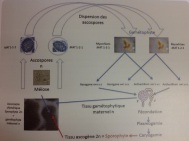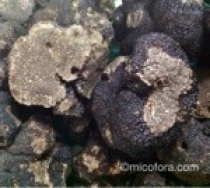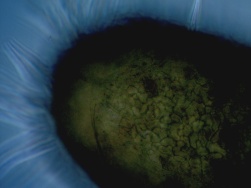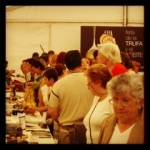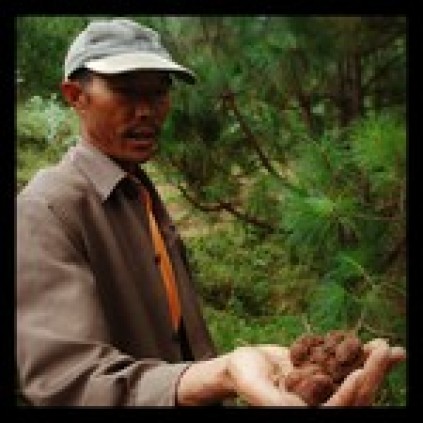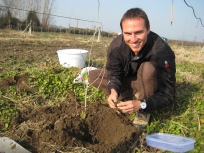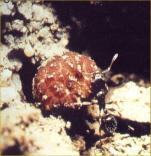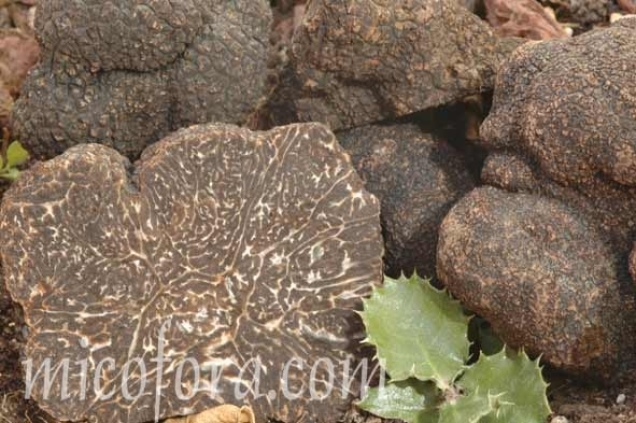
Last week we have organized with the IRTA (Institute of Research in Agronomic Technologies) a workshop to show the results of our latests join research on truffles.
I embed here my lecture with the results. We quantified black truffle mycelium after “spanish wells” inoculation, with different spore dosis and at different months.
Main conclusions are:
. Drip irrigation system seems not to favour truffle mycelium expansion in soil. 3 logarithms below outside humidity bubble.
• Seasonal differences in distribution of black truffle mycelium in the soil. Seasonal pattern dependent from water or irrigation.
• Significative more Tuber mycelium concentration and sequences in productive trees.
• Idem for Scleroderma. Could it be a positive partner specie?
• April inoculations increase Tuber sp. sequences and mycelium concentration in june, as compared to controls non-inoculated, reaching same levels of sequences than when inoculated in june at 5grams. BUT for agronomic reasons it should be better to inoculate in april, as we mostly do mechanically with tractors over the brulê, in order not to disturb the active mycelium in june.
This is an example of a tool that can be adapted for truffle farming:
. We detect significative more mycelium 2 months after reinoculations, probably due to sporal germination. The main problem nowadays is that we normally make the “spanish wells” with truffle spores right after the truffle season in ended (in norther hemisphere from 15th march) and sometimes the soil is too wet because it rains in spring, so some growers delay this task to avoid compacting the ground. This makes that when truffle spores germinate is too late for a “male mycelium” to do fecundation, and this is why most “spanish wells” produce truffles 2 winters later. Although this is just a theory that need to be proven. We are working on that 😉
A way could be to add truffle spores to the soil before the end of march, but in productive orchards we cannot do it with a tractor as we would damage truffles already in the soil. This is why some growers start adding substrates with spores in each hole where they found a truffle…
Cheers,
Marcos S. Morcillo

























